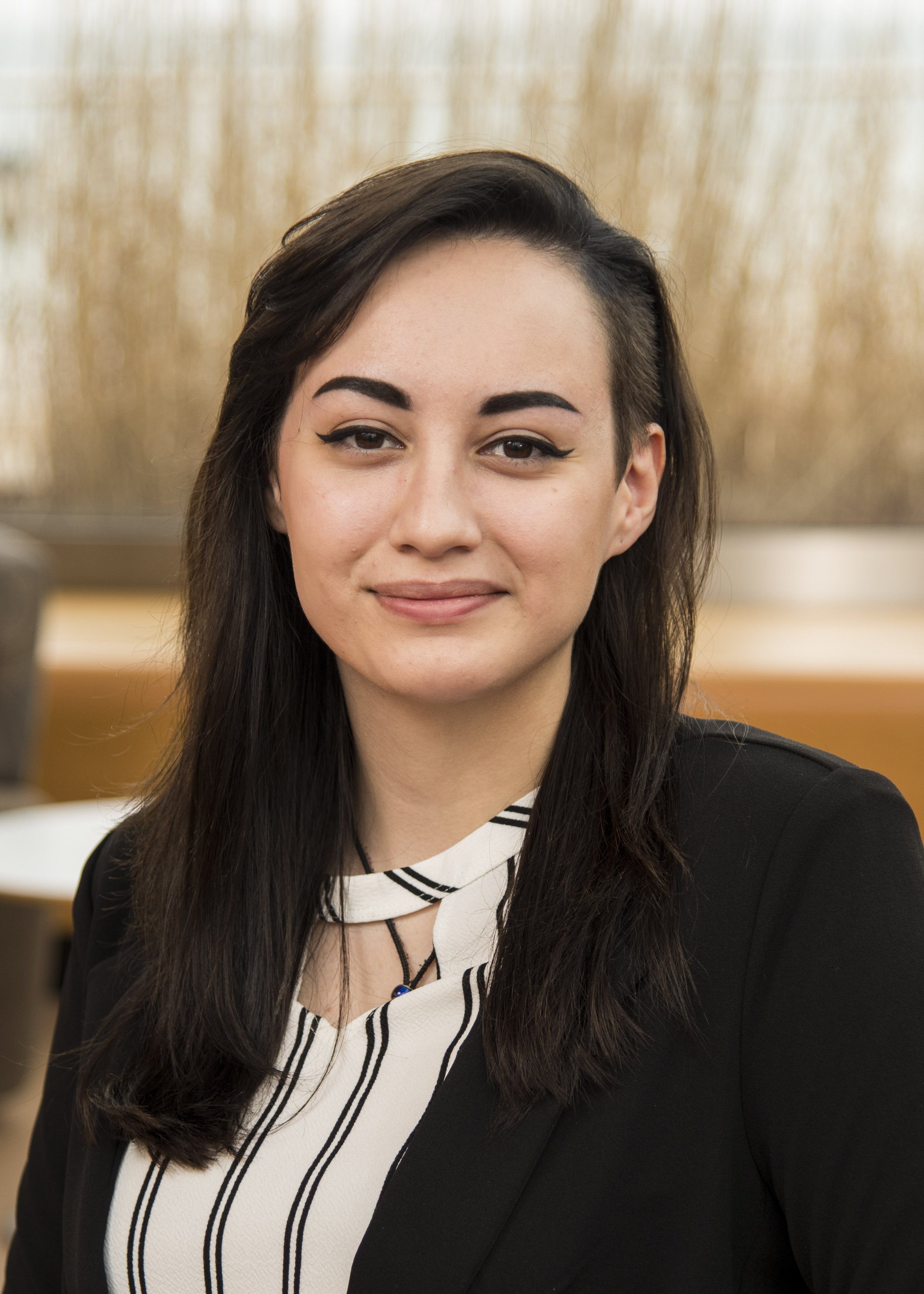Celebration of Scholars
Modal Propellant Gauging on the International Space Station
 Name:
Taylor Peterson
Name:
Taylor Peterson
Major: Physics
Hometown: Racine, WI
Faculty Sponsor: Kevin Crosby
Other Sponsors:
Type of research: SURE
Funding: WSGC, NASA Internship
Abstract
In order for NASA to obtain sustained human presence in space, a higher fuel gauging accuracy is required. Current gauging methods have a sub 5-10% error which requires an additional fuel margin for any rocket or satellite adding weight, therefore causing a higher cost. Gauging technologies that could remedy this problem either do not exist or only exist at low Technology Readiness Levels. The Modal Propellant Gauging (MPG) project is an effort to develop a higher resolution, light-weight, and cost-efficient fuel gauging method for low gravity environments. MPG uses excited surface acoustic waves on the outside of the tank and the resonant frequencies are measured. The accuracy of MPG is amplified in low gravity since the resonant mode frequencies are sensitive to the presence of adhered liquid to the tank walls. Tank excitation and modal measurements are taken using sensors adhered to the outer tank walls and a small data acquisition system. A Frequency Response Function is then generated to create a reading for a fuel gauge.
The next iteration of MPG is Modal Propellant Gauging - International Space Station (MPG-ISS). This payload will implement MPG to be sent to the International Space Station for a testing duration of 30-60 days. This experiment is the next step for MPG to be used on future missions to the Moon and Mars.
Submit date: Feb. 24, 2021, 1:11 p.m.
